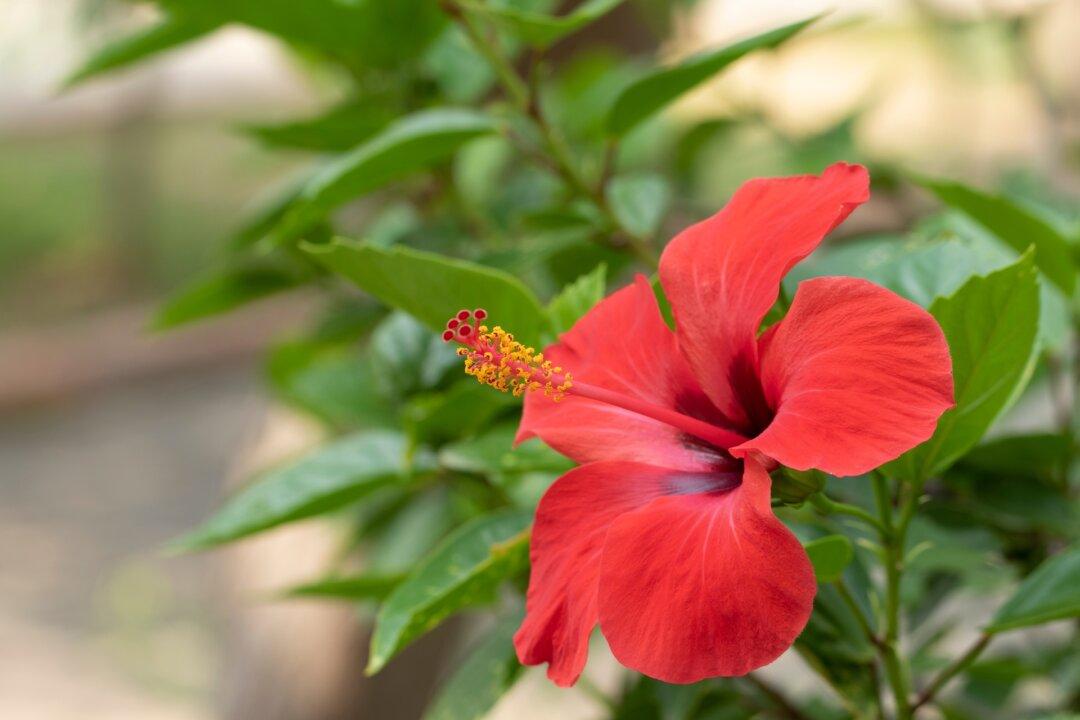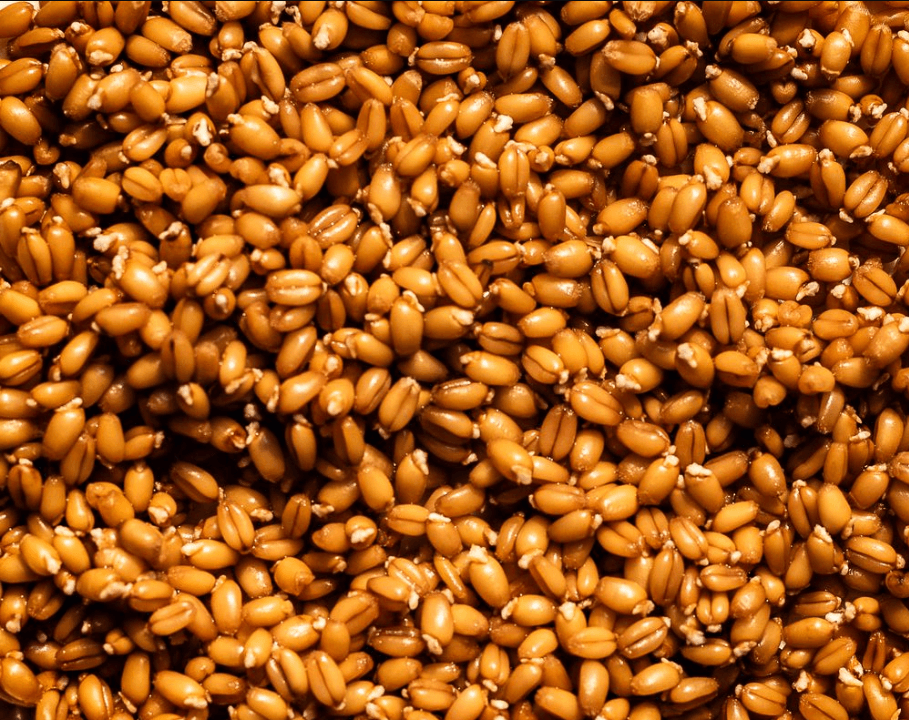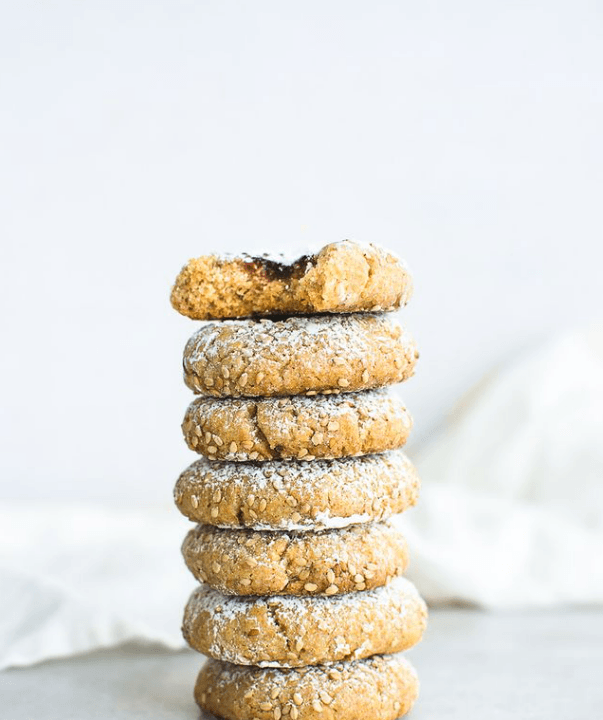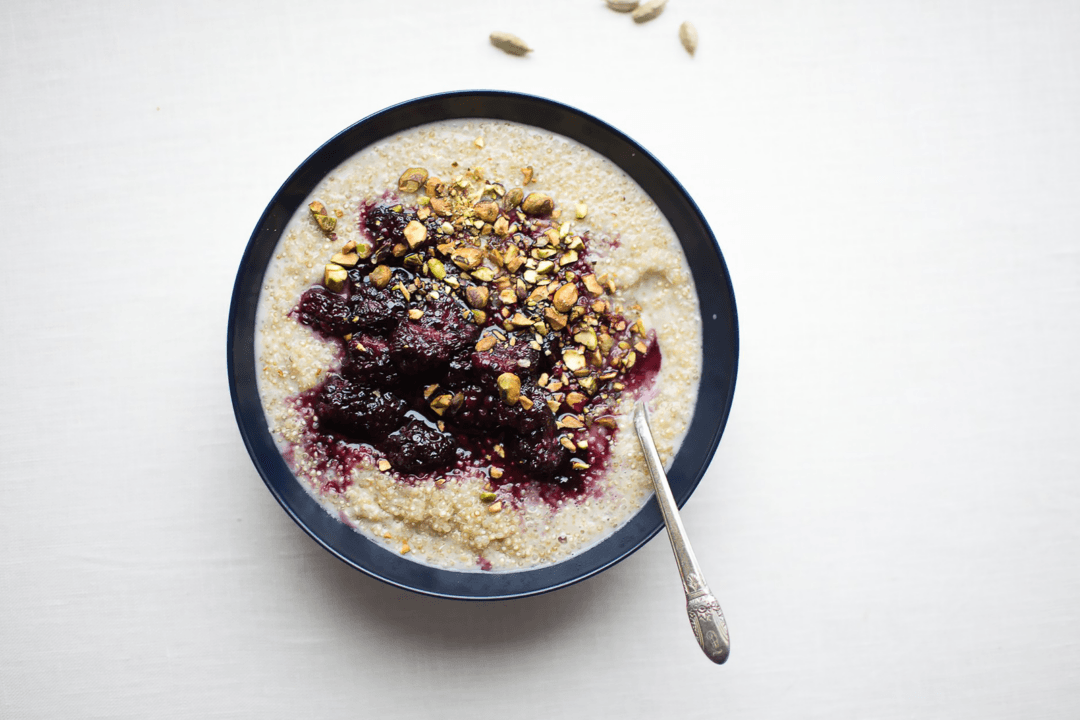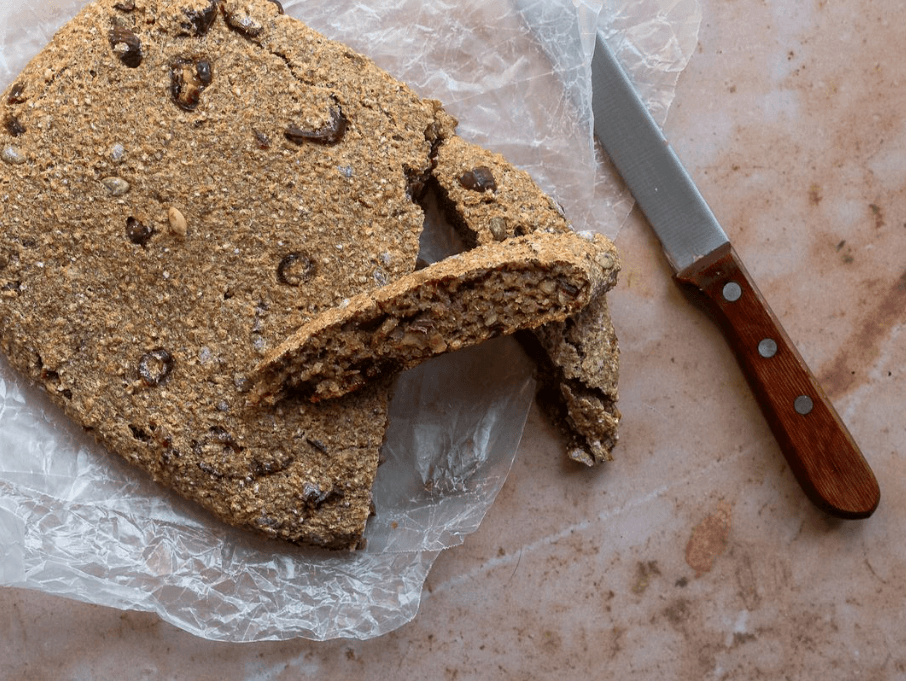Summer is at its peak. The days are long, and temperatures are hotter than ever. So, whether you spend these long, warm days soaking up the sun, hanging out at your favorite swimming hole, or enjoying outdoor events, chances are you could use some help cooling off.
While you might be tempted to crank up the air conditioning, consider stepping into the kitchen first. If you’ve ever craved a cool slice of watermelon or an icy glass of lemonade on a hot summer day, you know how satisfying they can be. Many traditional seasonal foods can help fight the heat by cooling the body and providing much-needed refreshment at the same time. They also often boost hydration, reduce inflammation, and provide powerful micronutrients that support overall well-being.

